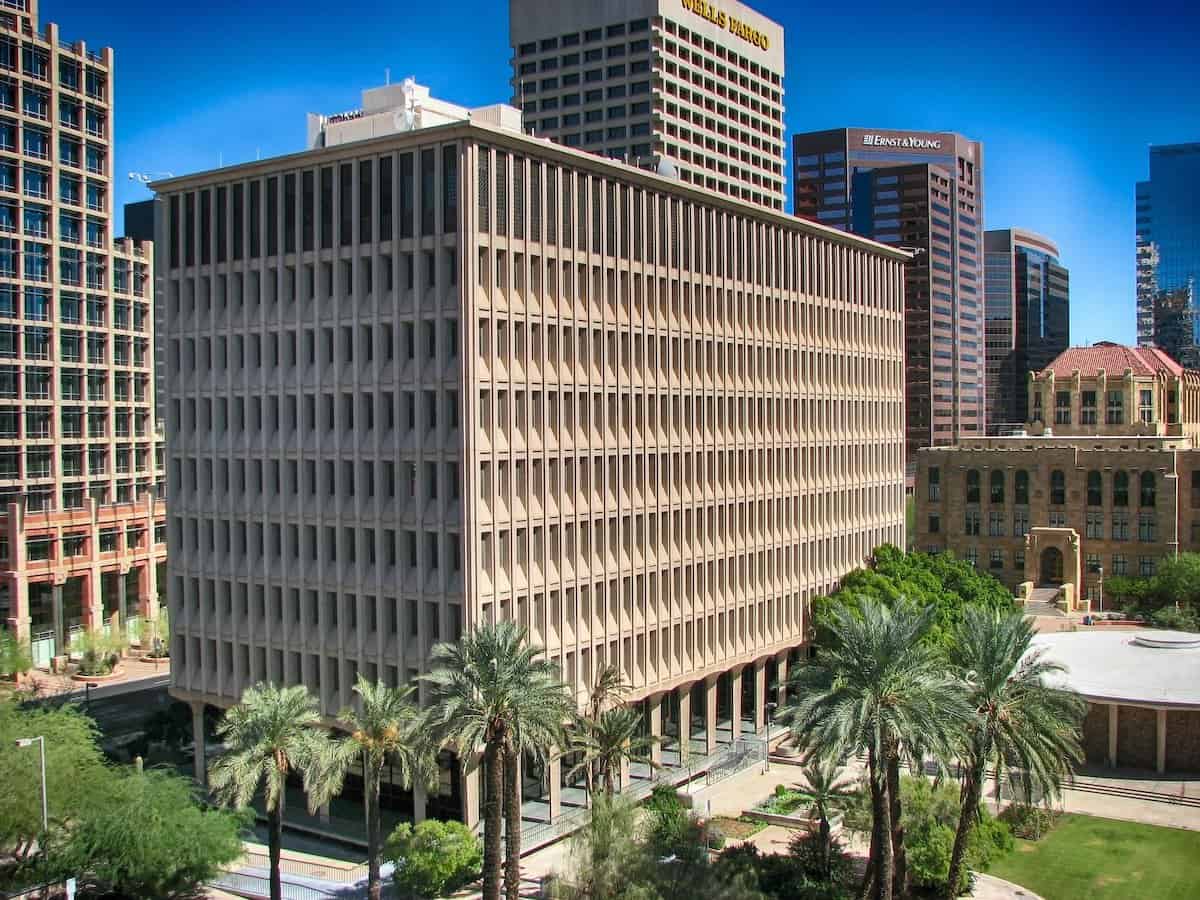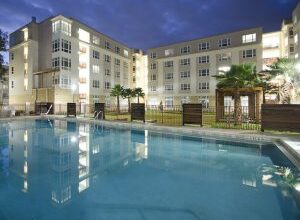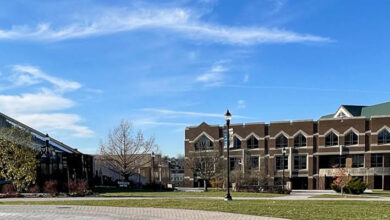The Average Rent in Phoenix

Live in Phoenix offers a unique visual experience.
Known as the Valley of the Sun, Phoenix sees more sun than any other part of the country, but the good weather is not the only draw. With a diverse mix of work and play, Arizona’s capital has a thriving job market, as well as plenty of places to shop and dine.
So if you think you can get a change of scenery, it might be time explore your options in Phoenix. With so many distinct areas to live in, you won’t have a problem finding the perfect location in Phoenix with an average rent that’s right for you.
What’s the average rent in Phoenix?
It’s always nice to find a city with plenty of job opportunities and affordable housing. Phoenix does the trick. Although rent prices vary from neighborhood to neighborhood, the average rent in Phoenix is $ 1,380 for a one-bedroom apartment.
This is an increase of almost 4% from last year, a key indicator of the city’s continued growth, but still well below the national average. Across the country, you would pay, on average, over $ 200 more in rent.

How Much Do I Need to Earn to Live in Phoenix?
To live comfortably in Phoenix, you need to make sure that you have enough to pay the rent and cover any additional living expenses. It’s also recommended that you spend no more than 30% of your pre-tax income on housing, just to play it safe.
Working with the average rent for a room of $ 1,380, you would need to earn $ 55,200 per year based on the equation above. This bodes well for residents as the average salary in Phoenix is around $ 67,000. You have the leeway to live a little above average or indulge in more luxury outside of the home.
Regardless of the salary, there are accommodations in Phoenix to suit every budget. To double-check your calculations and determine what you can really afford, let us help you calculate your ideal rent.
The cost of living in Phoenix
Once you’ve decided on the rent you’d like to pay, it’s time to consider the cost of your other living expenses. These are the everyday items that play into your overall budget. A good way to estimate the cost of a city you live in is to look at the average costs of everyday items. These add up to the cost of living index, which in Phoenix is 101.6. This is only slightly above the national average.
This means that most of what you pay in Phoenix won’t break your bank compared to other cities across the country. This trend boils down to specific essentials, including:
- Health care: Health care cost in Phoenix 10.1% lower than national average
- Miscellaneous goods and services: Cost of miscellaneous goods and services in Phoenix is 4.6 lower than national average
- Races: The cost of groceries in Phoenix is 0.4% lower than the national average
- Transport: Transportation cost in Phoenix is 5.7% higher than national average
- Utilities: Utility cost in Phoenix is 5.9% higher than national average
- Housing: Housing cost in Phoenix 8.4% higher than national average
As you can see, while some spending in Phoenix is above the national average, it’s barely above the curve, making the city affordable overall.
Having all of this important information up front will help you budget effectively for living in Phoenix. It also allows you to find accommodation at the best price.

The most and cheapest neighborhoods in Phoenix
Phoenix has a unique city design in that many small neighborhoods are found in larger ones. For this reason, you can find a small oasis in a much larger space if you have specific tastes. It also means you’ll see pockets of the most and the cheapest neighborhoods, rather than just a single cluster. The more expensive areas range from a few downtown to places in the north. The cheaper neighborhoods are spread roughly the same, covering much of the area to the east.
In Phoenix’s more expensive neighborhoods, you’ll find areas like Desert view, north of the city center, with a few other small places like Desert Ridge. The most expensive neighborhoods then extend south Downtown phoenix, where you will also find Roosevelt and Downtown.
The cheapest neighborhoods have many locations east of the city center, nearby Glendale. There are also places with more affordable housing directly south and north of the city center.
With such extensive coverage, it is possible to find an apartment at any price throughout Phoenix.
The most expensive neighborhoods in Phoenix
Near the famous Mayo Clinic, just north of downtown Phoenix, you’ll find some of the city’s more expensive neighborhoods. These areas consist of dense suburban areas with many parks, green spaces and beautiful quiet streets. This neighborhood takes on a laid-back vibe for those looking to live in a little luxury away from the hustle and bustle of the city.
The hippest place on the list combines a little urban culture with a suburban feel. Arcadia Lite is to the north but has a strong restaurant culture combined with plenty of trails and outdoor activities.
For those who want a faster lifestyle, while still living on the upscale, certain areas of downtown Phoenix do the trick. These include areas where residents have many options for work and play. You will find great sports facilities next to the arts district. For commuters, these neighborhoods also keep you close to the airport.
This is also the area that is going through big changes to become more accessible to those who don’t receive the biggest paychecks. Copper square, for example, is still in the top 10 list, but saw an average rent drop of nearly 22 percent from last year.
Cheapest neighborhoods in Phoenix
The Phoenix neighborhoods that were on the cheapest list have one thing in common, they are low-key. Whether it means a quieter feeling or more laid back places to eat or shop, these communities make it easy for you to have fun on a budget.
Many have multiple green spaces and have access to large parks and hiking trails. Northern Mountain even has an amusement park, with go-karts and mini-golf for some old school fun.
They are all very affordable as well. The average rent for a bedroom in the 10 neighborhoods is less than $ 1,000 per month. While the rent is lower, that doesn’t mean these areas aren’t booming. Many are older neighborhoods that have steadily grown and developed over the decades. Krall’s houses even saw a 35.6 percent increase in rent over the previous year.
With a lot of appealing qualities, it’s good to know that living in Phoenix on a budget doesn’t mean sacrificing the best areas of the city.
* May not be a true representation of the market due to insufficient inventory
Average rental prices in Phoenix neighborhoods
Phoenix has options to vary the average rental costs. You can go from paying $ 2,167 in Toscana to Desert Ridge up to $ 761 for a bedroom Earth house. Either way, you can call the beautiful Phoenix home.
Here’s how other neighborhoods stack up in the region.
* May not be a true representation of the market due to insufficient inventory
Find your perfect neighborhood in Phoenix
More … than 16 million people visit Phoenix every year. Not surprisingly, many end up becoming residents.
This is because the city has a lot to offer. Not only is it big, with many opportunities, but there is no winter either. Come discover this picturesque and diverse city for yourself. Then select your ideal neighborhood in Phoenix to call home.
Rental prices are based on a moving weighted average of the Apartment Guide and Rent.com’s Multi-Family Rental Property Inventory for one-bedroom apartments. The data was extracted in December 2020 and is one year old. We use a weighted average formula that more accurately represents the price availability for each individual unit type and reduces the influence of seasonality on rental prices in specific markets.
Data on the cost of living come from Community and Economic Research Council.
The rental information included in this article is used for illustration purposes only. The data contained in this document does not constitute financial advice or a price guarantee for any apartment.



